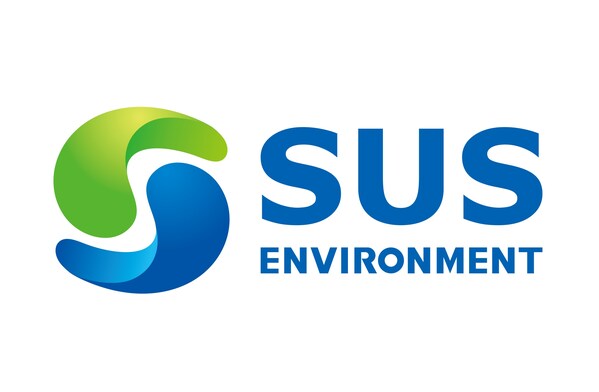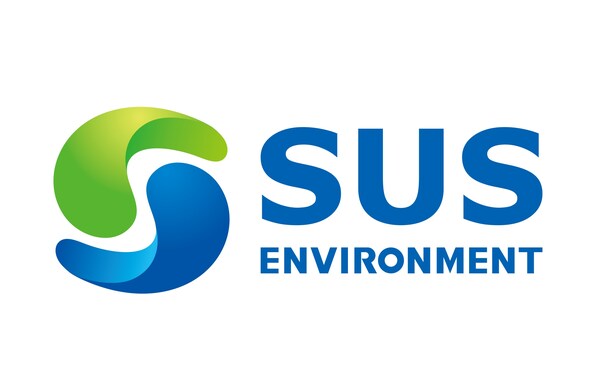 |
SHANGHAI, April 29, 2025 /PRNewswire/ — Recently, the inaugural Samarkand International Climate Forum was successfully held in Uzbekistan. The event brought together international dignitaries including the presidents of five Central Asian countries and the president of the European Council. Dr. Long Jisheng, Chairman and CEO of SUS ENVIRONMENT, was invited to deliver a speech.
In his speech, Dr. Long shared how Chinese cities achieve synergistic benefits in waste-to-energy conversion alongside economic, environmental, and social advancements through WtE technology.
“Waste-to-energy can reduce carbon emissions by replacing landfilling and fossil fuel, facilitating the development of a net-zero future.” Dr. Long emphasized. “SUS ENVIRONMENT facilitates green transformation in more countries worldwide through efficient, eco-friendly, intelligent, low-carbon, and resource-recycling technologies.”
Under a framework agreement with Almaty, Republic of Kazakhstan, SUS ENVIRONMENT will launch a 2,000-ton-per-day WtE project this year. The project will generate approximately 60 Megawatt of green electricity. SUS ENVIRONMENT will assist Almaty in increasing its waste treatment rate to 80% by 2029.
As a benchmark for Chinese environmental protection enterprises going global, SUS ENVIRONMENT’s green footprint is connecting the world at “China Speed.” Currently, SUS ENVIRONMENT has become the largest WtE investor in Asia (excluding China, Japan, and Korea) in terms of contractual project handling capacity.
About SUS ENVIRONMENT
SUS ENVIRONMENT is the world’s largest provider of waste incineration equipment and technology, as well as one of the top three investors and operators of waste-to-energy projects (low-carbon Eco-industrial parks) globally.
As of December 2024, SUS ENVIRONMENT has established 11 management centers worldwide, providing environmental and energy services to over 100 million people. It has invested in and constructed 89 waste-to-energy projects (low-carbon Eco-industrial parks), with a daily processing capacity nearly 120,000 tons of municipal solid waste and annual green power generation of approximately 18,000 GWh. Its equipment and technology are applied in 287 waste-to-energy plants across the world, comprising 532 incineration lines, with a daily capacity over 300,000 tons of municipal solid waste.
* Data from the Open Data of AVP Research (Total Design Scale)


